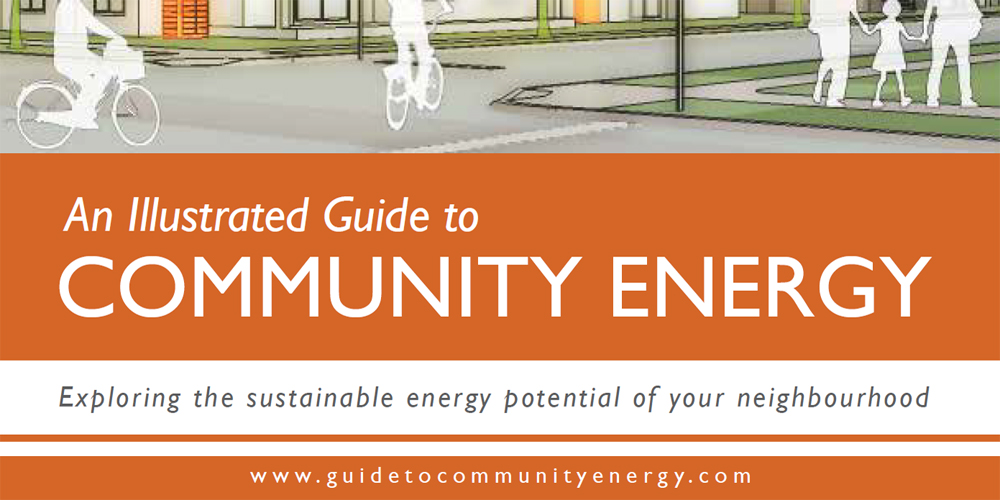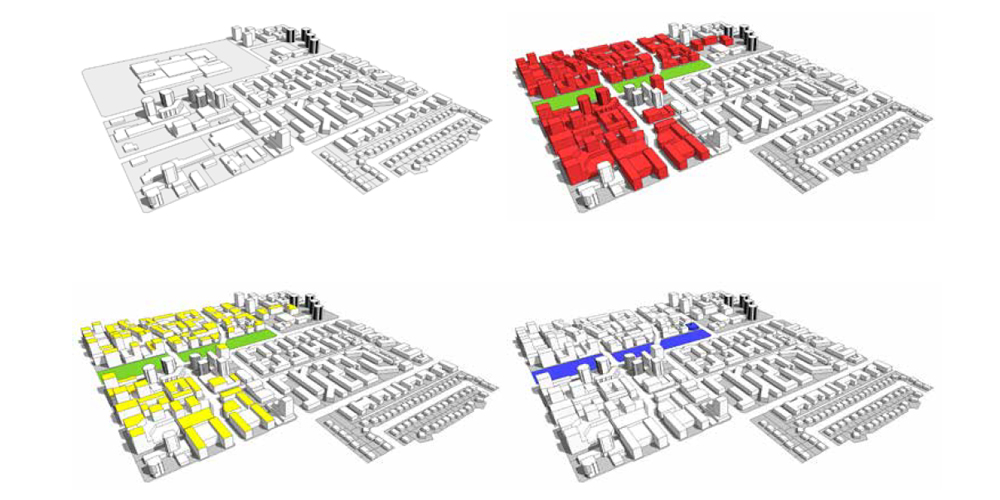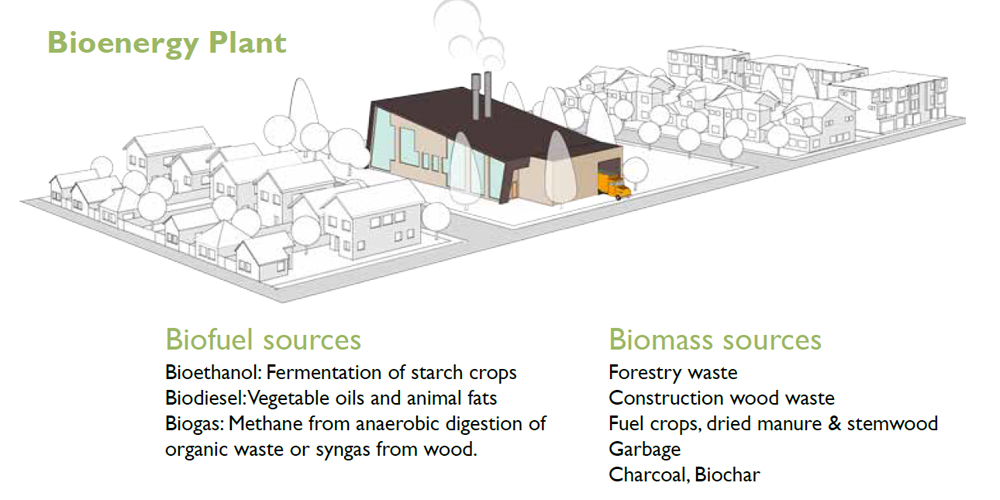This project analyzed the energy demands of the community and modeled how much GHG reduction capacity there was in introducing green building technologies such as solar panels, improved building envelopes and district energy.
What is community energy?
"Community energy refers to multiple energy sources and distribution networks that are shared between various members of a geographic neighbourhood, with at least part of the energy generated in the local area. This usually means some degree of local involvement in the management and control of the system, with sharing of responsibilities, benefits, and impacts among the community. Examples may include a
district energy plant, a municipal district energy utility, a network of solar hot water panels across many buildings in the neighbourhood, or a geoexchange system shared by two or more homes." -
guide-to-community-energy
How can we reduce the GHG emissions/carbon footprint of cities?
Buildings are a heavy contributor to CO2 emissions worldwide. The energy required to operate structures often outweigh the transportation related emissions of the residents. Therefore, this project sought to test how retrofitting existing buildings with alternative energy generation potential and improved building codes can reduce energy consumption. Some of the specifics being tested are solar panels,
solar hot water,
building envelope improvements, compact developments, and other green building best practices.
What about district energy systems?
"A district energy system generates heat and sometimes electricity for distribution to local users (homes and businesses). District energy is more energy efficient than using individual building furnaces for neighbourhood with adequate density, and therefore reduces greenhouse gas emissions, especially when using renewable supplies." -
guide-to-community-energy
What were the findings?
After testing many existing locations in Metro Vancouver, it is found that significant GHG emission reductions can be achieved with retrofit technology and more stringent building guidelines. These measures combined with district energy systems and growing community awareness and behaviour shifts can reach the targets set by
Bill 27, the Local Government (Green Communities) Statutes Amendment Act.
More Resources on Community Energy



